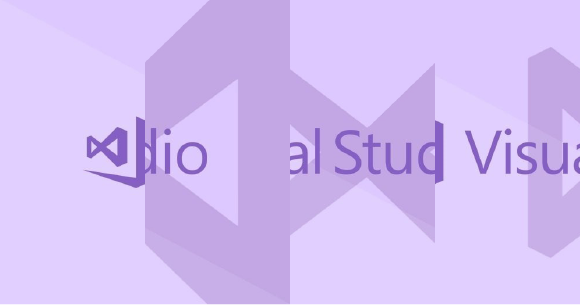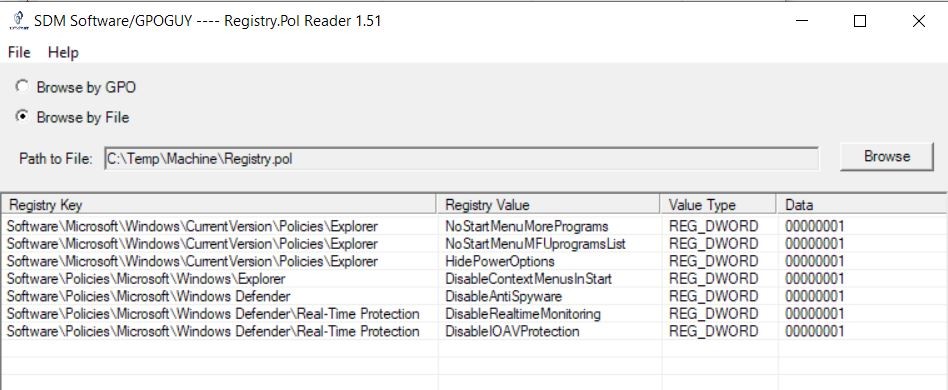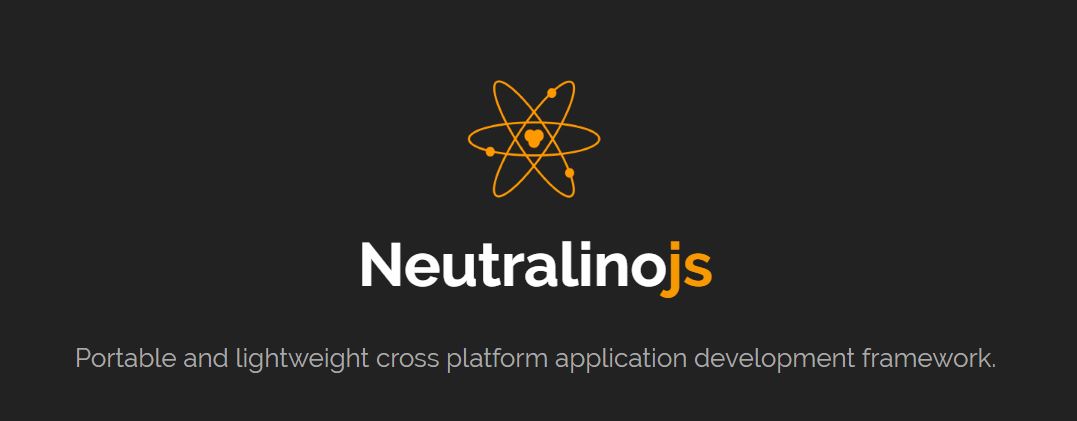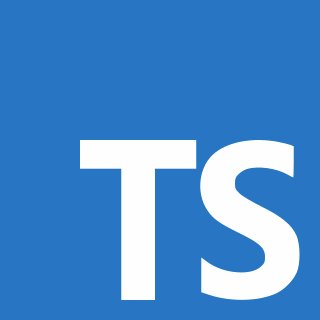Learn Bootstrap Fast With These 10 Helpful Tips
If you don’t already know, you must be wondering what responsive websites are? In simple terms, the responsiveness of a website means that when the size of the screen on which the website is being seen changes, the layout of the website responds to that and change. This makes the websites look good no matter what screen size it is being viewed on.
How does Bootstrap work?
There are two ways you can use Bootstrap. You can either import the Bootstrap into your code or you can download a sample Bootstrap project and build your website on that.
Bootstrap uses a 12-column model for website display, which is called a Bootstrap grid. On this grid, you can define different breakpoints to layout different components like headings, paragraphs, and buttons to make your website look visually appealing. When the screen size scales down, the components on the grid change layout to fit the smaller screen. This means that viewing the same website looks great on a normal size screen of your laptop and a smaller screen of your smartphone.
Bootstrap has become one of the most popular front-end development frameworks today. If you are a beginner who wants to start learning Bootstrap then you are on the right blog. Because here are the top 10 tips to learn and master Bootstrap!












 Today we’re happy to announce the availability of our release candidate (RC) of TypeScript 3.3. Our hope is to collect feedback and early issues to ensure our final release is simple to pick up and use right away.
Today we’re happy to announce the availability of our release candidate (RC) of TypeScript 3.3. Our hope is to collect feedback and early issues to ensure our final release is simple to pick up and use right away.









